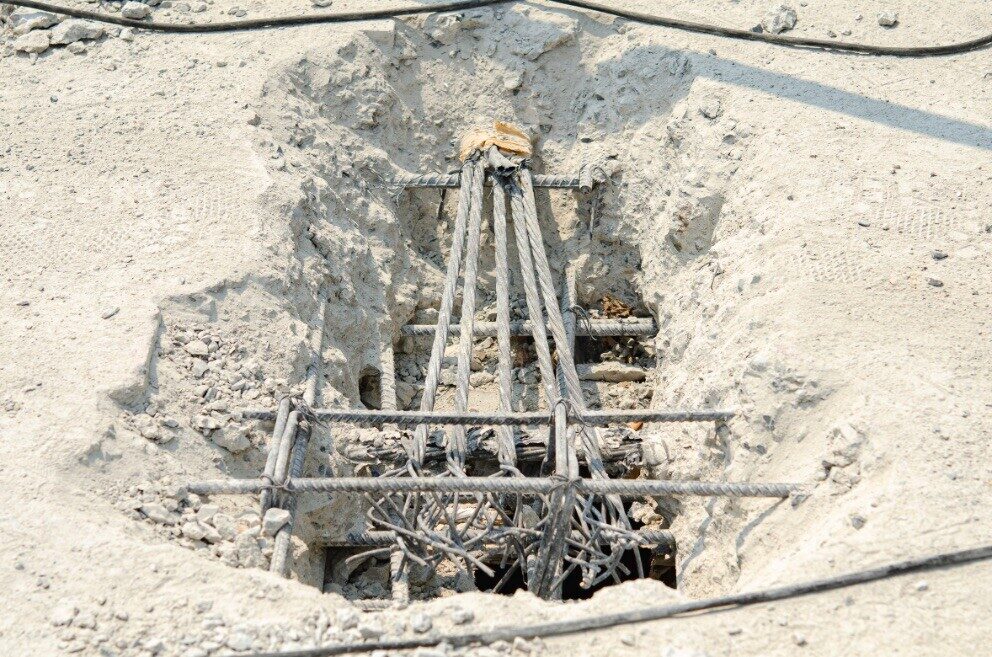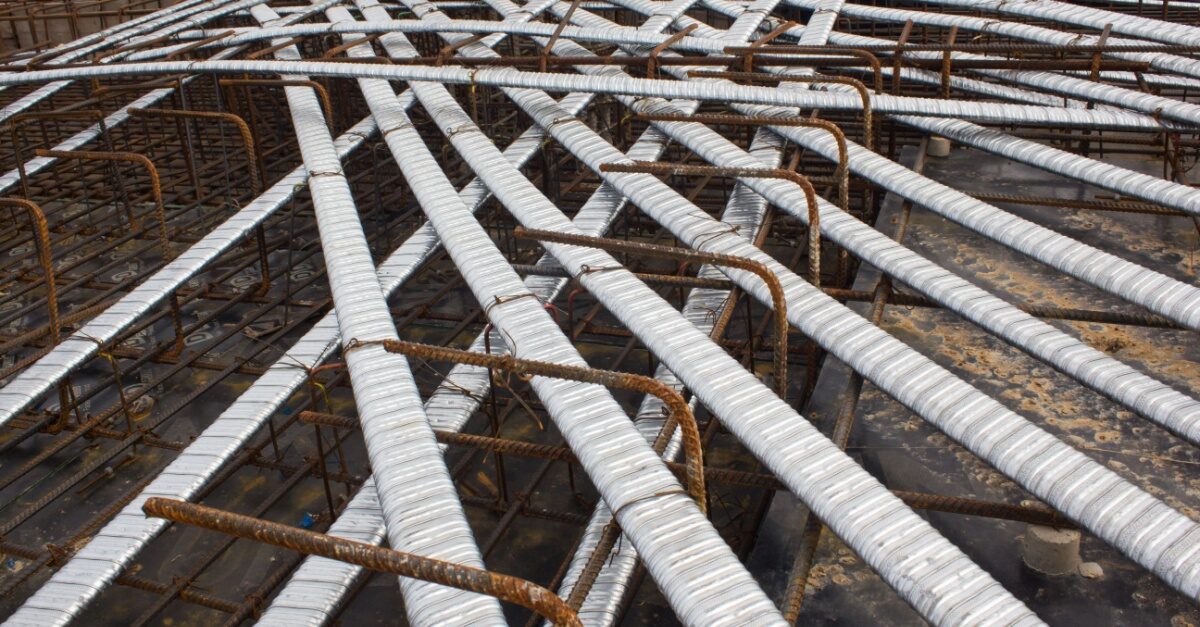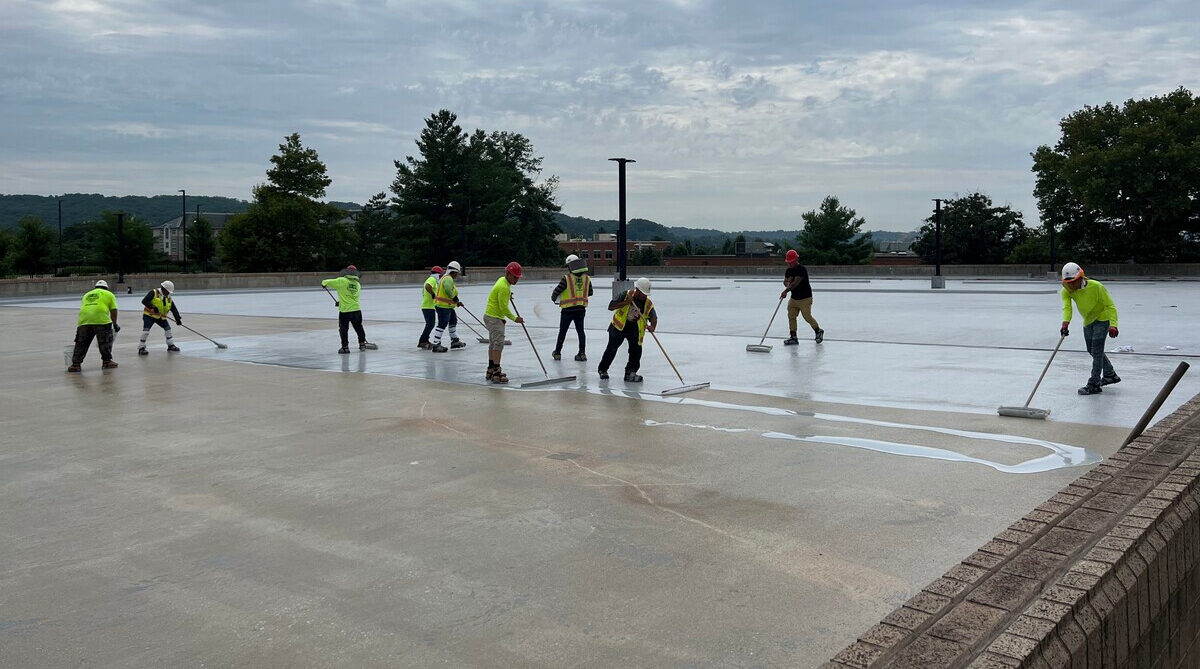Staying Ahead of Damage: Embracing Proactive Waterproofing Solutions
Predicting the weather has never been an exact science. Mother Nature is making weather forecasting even more unpredictable with a series of odd weather events, including one of the wettest Januarys on record. Much like meteorologists aim to predict the weather, you aim to predict what measures will best safeguard the structural integrity and value of your building in the long run.
Effective waterproofing prevents costly water damage by addressing potential risks before crises occur. This article will dive into the benefits of proactive waterproofing and why this investment delivers a layer of security to reduce risk against the known and the unknown.
Avoid Disaster with Proactive Waterproofing
A study by the EPA revealed that 85% of buildings randomly surveyed across the U.S. had past water damage. Nearly half of these buildings were still experiencing problems with water damage, and over one-third reported leaks in occupied spaces. Once water infiltrates a building and continues unmitigated, it can lead to various issues, including mold growth, structural damage, and even health hazards for occupants.
The commonality of water damage and its potential to cause damage merit a proactive approach to stop water infiltration. A proactive approach creates and maintains a waterproof barrier around your building envelope. This approach differs from reactive waterproofing, which involves repairing damage after signs of water infiltration.
Repairing water damage is costly, far surpassing the cost of preventative measures. In addition to cost savings, a proactive approach to waterproofing reduces interior damage risk, improves budget accuracy, aids in decision-making, provides supporting documentation for disputes, minimizes tenant disruption, and enhances your asset’s lifespan.
Identifying Vulnerable Areas
Basements, windows, and external walls often bear the brunt of water damage. If you observe visible foundation damage, such as cracks or any signs of facade deterioration like loose elements, spalling, or efflorescence, it is essential.
During regular inspections, check for dampness or biological growth and ensure that joint sealants are intact and not failing. Our Building Façade Assessment Tool takes you through a step-by-step visual assessment of your building’s exterior, allowing you to self-assess your building with photo examples, document issues, and generate an assessment report.
Implementation of Proactive Waterproofing Measures
This section explores the latest waterproofing technologies and materials, including liquid-applied membranes, sheet membranes, and water repellents, tailored to address specific building needs and vulnerabilities.
- Liquid-Applied Membranes: Flexible and adaptable to complex surfaces, offering seamless protection.
- Sheet Membranes: Pre-fabricated, robust barriers against water intrusion, suitable for large flat areas.
- Water Repellents: Surface treatments that prevent water absorption without altering the substrate’s appearance.
Tailor your waterproofing solutions to areas most vulnerable to moisture, ensuring each section receives the most effective treatment based on its exposure and construction material.
Start by carefully inspecting and documenting existing and potential problem areas. Then, work with a professional waterproofing provider to craft a waterproofing strategy tailored to your building’s unique requirements.
Professional expertise is crucial in selecting and applying waterproofing measures, ensuring their effectiveness and longevity. Experienced contractors can offer valuable insights into the most suitable solutions, considering environmental factors and building specifics.
Maintaining Your Waterproofing System
During regular inspections, look for signs of damage, such as cracks, loose elements, degraded sealant, or biological growth, indicating the need for professional intervention. Professional service providers can conduct a thorough leak investigation and provide you with the best strategy to repair any waterproofing degradation.
Cosmopolitan case study: The Cosmopolitan, a luxurious apartment complex in Corpus Christi, faced unexpected water damage, challenging its reputation for high-end living. The Valcourt Group intervened, conducting a thorough investigation that unveiled deteriorated sealants and leaks. Despite obstacles like limited access and adverse weather, the team skillfully replaced sealants, applied protective coatings, and installed an advanced waterproofing system, significantly enhancing the building’s resilience against future water damage.
This example underscores the critical value of expert maintenance and timely repairs in preserving structural integrity and extending property lifespan. Beyond inspections, facade cleaning twice yearly removes dirt, grime, and other substances that can degrade waterproofing materials. Implementing a maintenance plan with your service provider helps you stay ahead of water infiltration, preserving your building’s structural integrity and extending its lifespan.
Securing Structural Integrity with Professional Waterproofing
Proactive waterproofing is a critical strategy for safeguarding buildings against the unpredictable challenges posed by weather and time. They help you proactively protect your assets by identifying vulnerabilities, employing advanced waterproofing technologies, and maintaining the system through regular inspections and care.
Building façade maintenance, repair, and inspection checklists are invaluable for comprehensive building care. Download our Building Facade Assessment Tool today and take the first step toward comprehensive waterproof protection.



